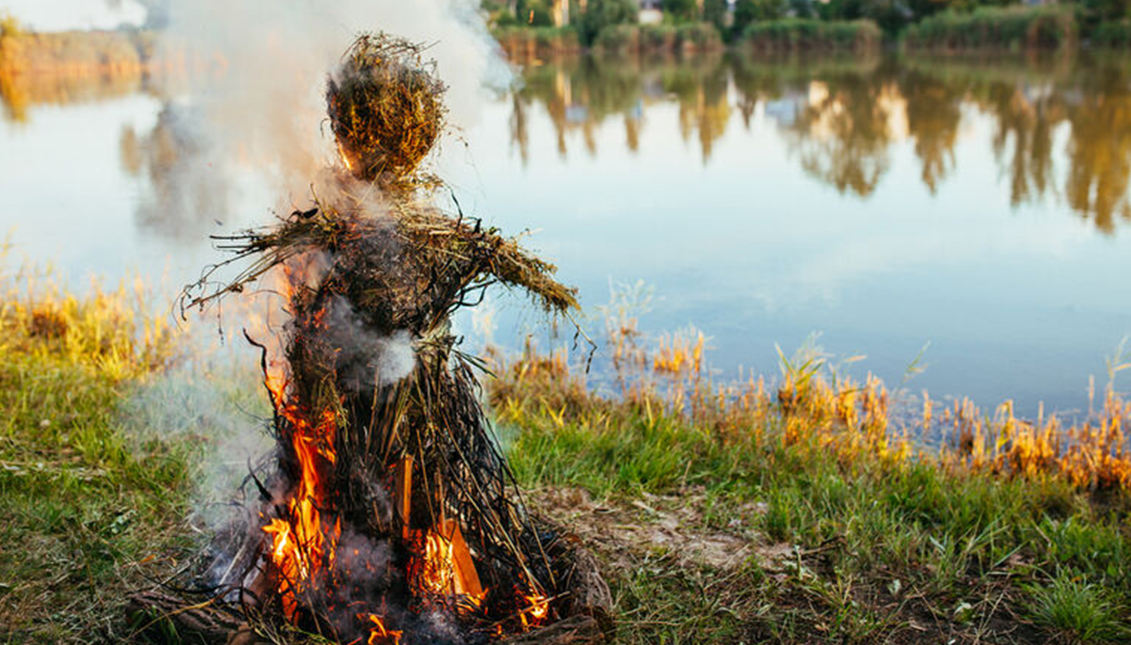
"Against terrorist witchcraft!": Argentina experienced a witch-hunt, but in the 20th century
The magazines of the time talked about this "bad women troupe" performing secret rites and even they organised raids to arrest them.
In 1901, when Spiritualism, Theosophy, spiritualist magnetism and mesmerism were still widespread beliefs throughout the continent, an unprecedented judicial process was organized in Buenos Aires against the witches acting in the Argentine capital. In this modern contemporary inquisitorial raid, the women arrested were accused of terrorism, superstition and fraud. The operation was led by Judge Servando Gallegos and Commissioner Eduardo Vivas.
The accused were seized with numerous figures of Saint Anthony and many figures of Christ with which the "immoral" modern witches performed their secret rites, always dressed in tunics and in rooms upholstered in red or black. The press of the time echoed the processes.
The Argentine tradition regarding witches and their hunting dates back to 1700, when women considered evil (healers, in fact) were tried in the province of Santiago del Estero. The rumors about witches lasted throughout the 20th century and were combined with traditions from the colonial world.
RELATED CONTENT
The atmosphere in the city between the 19th and 20th centuries was different and encouraged all kinds of religious dissidence halfway between necromancy and scientism. For example, the renowned chemist Octavio Rebaudi (1860-1931), who directed the Magnetological Review. In 1886, Rebaudi joined the Constancia Spiritist Society. Ten years later, he published the book Apuntes sobre Espiritismo Experimental.
The good society looked with bad eyes at this wave of alternative beliefs, and for that reason the fight against fortune tellers was considered a fight for public morality. The centrality of Buenos Aires as the capital of heterodox spirituality went into decline around 1910, languishing for another thirty years.
On August 31, 1901, the prestigious magazine Caras y Caretas published details about the defendants and their practices. The public was able to see the fortune-teller Juana Lorete posing before her altar, and could also see the face of the necromancer known as "Santón del Riachuelo".
The report referred to the fortune-tellers as: "that infamous group of bad women who generally alternate with other lowly trades. The profession also has its martyrs, its unbalanced convicts, poor madwomen who believe in the devil and exortions, who hear interior voices urging them to carry out their supernatural mission in the world."
Although the malicious intent seems evident, it is possible that at the bottom of the whole affair there was a raid against the most undisciplined and popular urban lumpen, full of uncontrolled beliefs, and all seasoned with sensationalism and strongly-rooted traditional misogyny.











LEAVE A COMMENT: